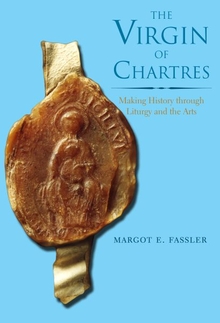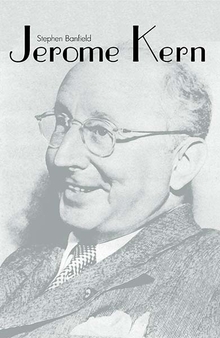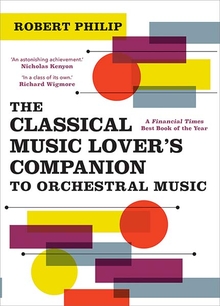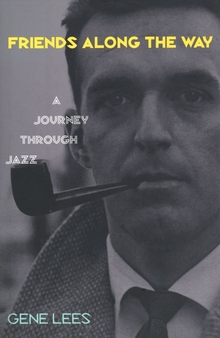The Virgin of Chartres
WARNING
You are viewing an older version of the Yalebooks website. Please visit out new website with more updated information and a better user experience: https://www.yalebooks.com
Making History through Liturgy and the Arts
Margot E. Fassler
Medieval Christians knew the past primarily through what they saw and heard. History was reenacted every year in ritual observances particular to each place and region and rooted in the legends of local saints. This richly illustrated book explores the layers of history found in the cult of the Virgin of Chartres as it developed in the eleventh and twelfth centuries. Focusing on the major relic of Chartres Cathedral, the Virgin’s gown, and the Feast of Mary's Nativity, Margot Fassler employs a wide range of historical evidence including local histories, letters, obituaries, chants, liturgical sources, and reports of miracles, leading to a detailed reading of the cathedral's west façade. This interdisciplinary volume will prove invaluable to historians who work in religion, politics, music, and art but will also serve as a guidebook for all interested in the history of Chartres Cathedral.
“[A] vivid chronicle . . . Engaging . . . Important reading for students and scholars of medieval studies, art history, liturgics, and theology.”—A. W. Klink, Choice
“Margot Fassler has succeeded in constructing an account . . . that is not unlike the magnificent cathedral that is her subject: complex, awesome, instructive, and also ultimately edifying.”—Emma Dillon, Journal of the American Musicological Society
“….a book which makes an outstanding contribution to the dialogue between religious faith and the visual arts.”—Writer’s News
“Riveting . . . magisterial . . . exquisite . . . an unprecedented depth of understanding and empathy . . . [Fassler’s] compelling vision of the power of liturgy offers fresh insight into medieval Christian cultures across the disciplines.”—from the citation of the 2012 Otto Gründler Book Prize
Publication Date: June 29, 2010
123 b/w + 16 color illus.







